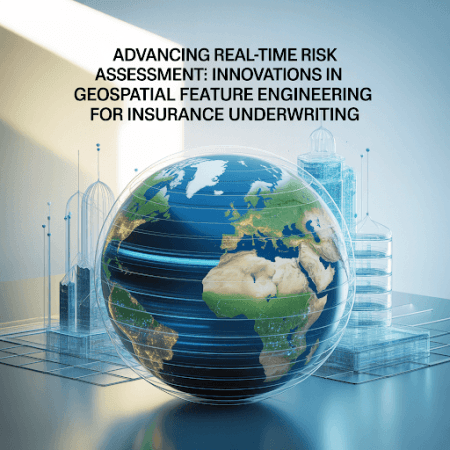
In the modern digital world, Arjun Malhotra explores groundbreaking advances in real-time risk analytics tailored to insurance underwriting. With a deep focus on scalable streaming architectures and regulatory compliance, this work unveils how the integration of cutting-edge technologies is transforming traditional risk assessment paradigms.
Redefining Risk Assessment for the Modern Era
Insurance underwriting faces challenges balancing speed and accuracy amid growing regulations. Advances in real-time geospatial risk analytics are transforming this by using scalable technology to process massive data streams instantly. Unlike traditional overnight batch processing, which delays responses, these new systems reduce latency by up to 94%, enabling underwriters to assess risks and make decisions almost in real-time, revolutionizing the risk assessment process.
The Engine Room: Streaming Architectures in Action
The backbone of this transformation is a streaming architecture centered on event-driven systems. Technologies such as Kafka enable rapid, fault-tolerant data ingestion, easily handling millions of data points per second. This stream-first approach supports exactly-once data processing, a critical factor for regulatory compliance in sensitive sectors. Transformations occur through stateful data enrichment, adding geographic, temporal, and entity-level context to each event. These enriched feature sets not only add immense value for risk analysis but do so with minimal latency, increasing the density of meaningful data by over 300%.
Geospatial Intelligence: Finer, Faster, and Smarter
A standout innovation in this ecosystem is the integration of granular geographic data. By utilizing detailed census block information rather than coarse regional codes, the system achieves much higher resolution in its spatial analysis. This improvement results in nearly 29% lower errors in geographic risk estimation, particularly vital in urban areas where risk can vary block by block. Advanced clustering algorithms and spatial indices deliver rapid identification of risk concentrations, with the ability to process thousands of complex queries per second and pinpoint high-risk zones with remarkable accuracy.
Learning on the Fly: The Power of Feedback Loops
This analytics pipeline stands out with its dynamic feedback loops, continuously integrating real-world policy and underwriting outcomes. By recalibrating risk factors in real time, it enhances predictive accuracy for fraud detection and property valuation while using minimal computational resources. This adaptability ensures the system evolves with changing market and environmental conditions, maintaining its effectiveness and relevance through ongoing, bidirectional learning.
Auditability and Compliance by Design
Ensuring transparency and regulatory compliance is a cornerstone of the system's architecture. Every data transformation and decision point is meticulously logged, creating a tamper-proof audit trail with near-instant retrieval capabilities. Data lineage is mapped using sophisticated graph structures, allowing complete traceability from initial ingestion to final outcome. Multi-layered validation protocols covering everything from fairness checks to adversarial testing operate continuously, supporting rapid system updates while minimizing the risk of unintended biases or errors. With the capacity to detect data drift and trigger automatic alerts, the framework is uniquely equipped to maintain regulatory standards in a fast-moving environment.
Looking Ahead: Scalable, Secure, and Adaptive
The innovations described in this research extend far beyond insurance. The architecture is designed for linear scalability, with future enhancements aimed at further reducing latency and increasing throughput by integrating advanced compiler techniques and specialized hardware. Emerging research directions include applying differential privacy for added security, adaptive feature selection to optimize computational resources, and causal inference techniques for more robust decision-making. As the boundaries of real-time analytics continue to expand, these advancements set the stage for transformative impacts across financial services.
In conclusion, Arjun Malhotra's work offers a blueprint for building explainable, adaptive, and compliant analytics platforms, demonstrating that real-time data pipelines are not just a technological upgrade but a fundamental shift in how risk can be understood and managed in modern insurance and beyond.

















